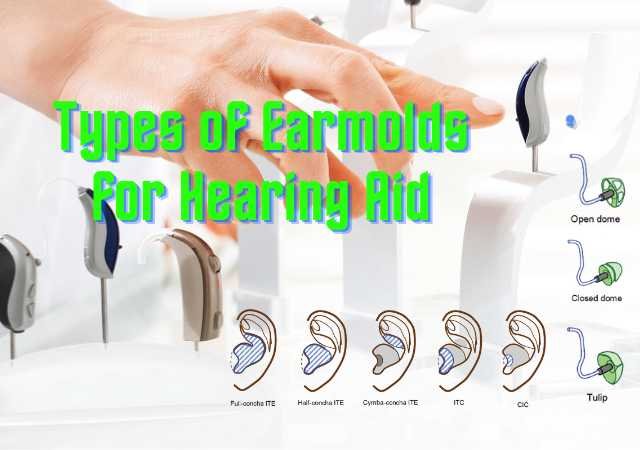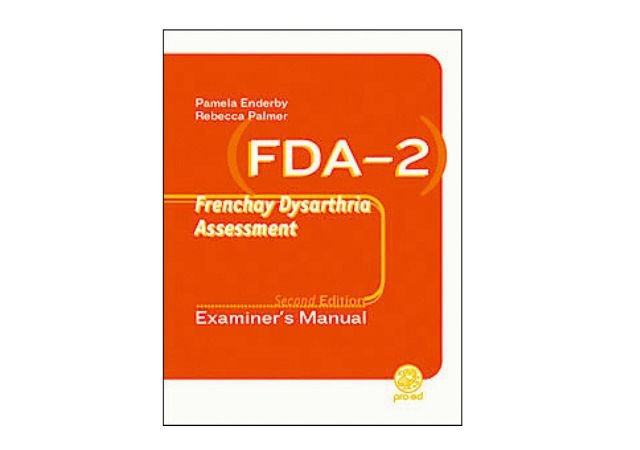
by BASLPCOURSE.COM
Types of Earmolds for Hearing Aid – Skeleton | Custom: The realm of hearing aids is a diverse landscape with a myriad of options tailored to address the unique needs of individuals experiencing varying degrees of hearing impairment. At the heart of this...

by BASLPCOURSE.COM
Procedure for Selecting Earmold and Earshell: When it comes to optimizing the acoustic performance of hearing aids, the selection of Earmold and Earshell Types plays a pivotal role in achieving the desired outcomes. Understanding the diverse options available and the...

by BASLPCOURSE.COM
Ear Impression Techniques for Earmolds and Earshells: In the realm of audiology and hearing aid fabrication, the Ear Impression Technique stands as a pivotal process, intricately weaving together precision and meticulous attention. This method initiates with a...

by BASLPCOURSE.COM
Speech and Language Disability Percentage Calculation: “Speech and language disability” means a permanent disability arising from conditions such as laryngectomy or aphasia affecting one or more components of speech and language due to organic or...

by BASLPCOURSE.COM
Frenchay Dysarthria Assessment 2 (FDA 2): Scoring | Interpretation: The Frenchay Dysarthria Assessment (FDA) stands as a pivotal advancement in the clinical management of dysarthria, a prevalent acquired speech disorder resulting from neuromuscular disorders. Despite...

by BASLPCOURSE.COM
The Western Aphasia Battery-Revised (WAB-R) is a modified version of the Western Aphasia Battery (WAB; Kertesz, 1982). It is an individually administered test designed to assess a patient’s language function following a stroke, dementia, or other acquired... 






